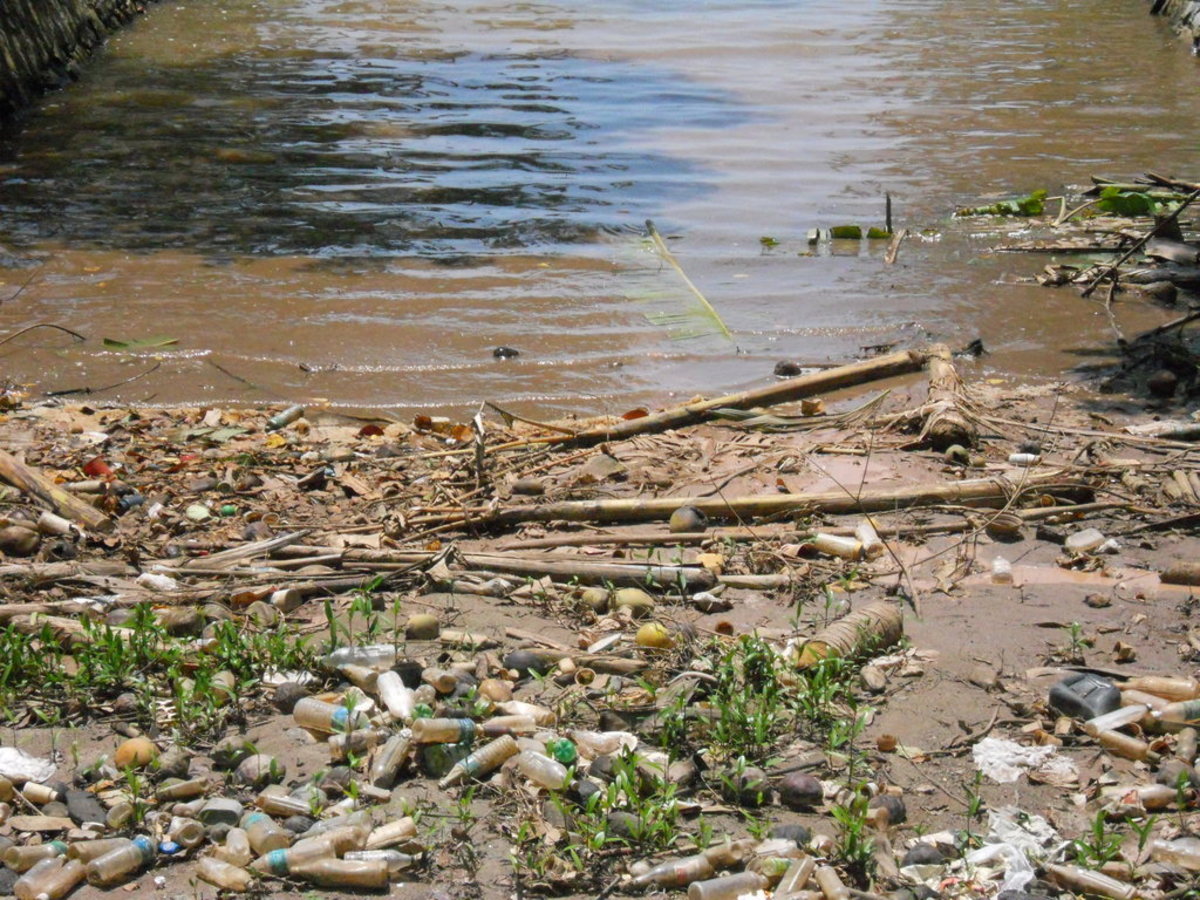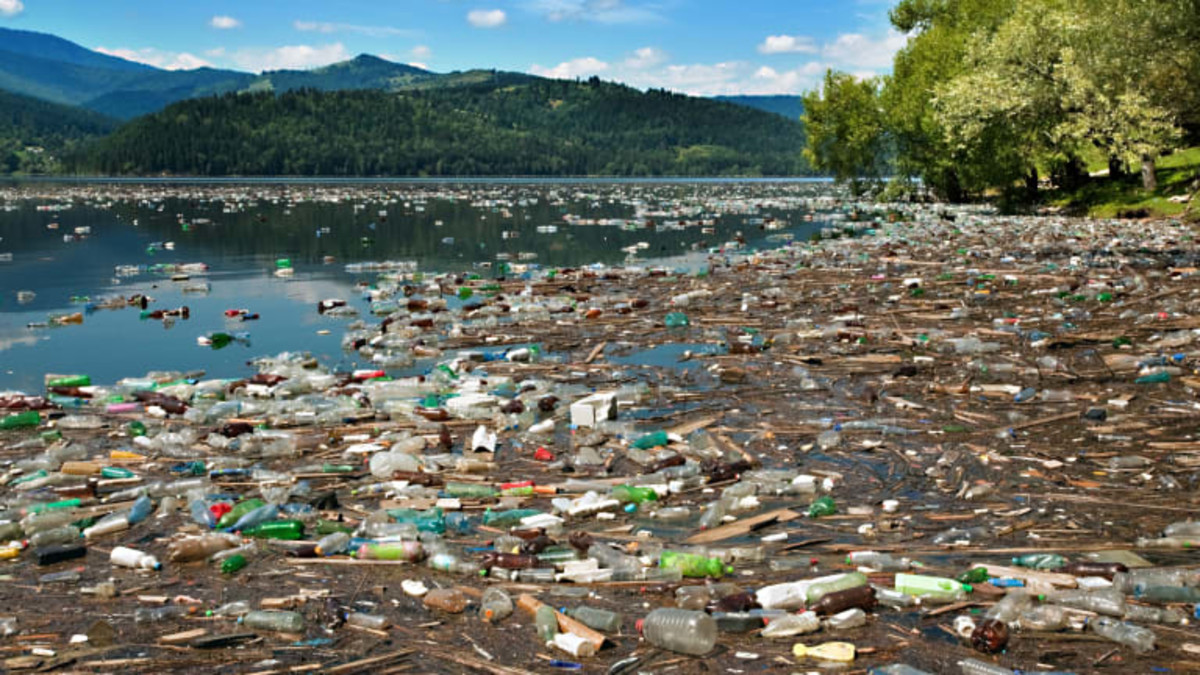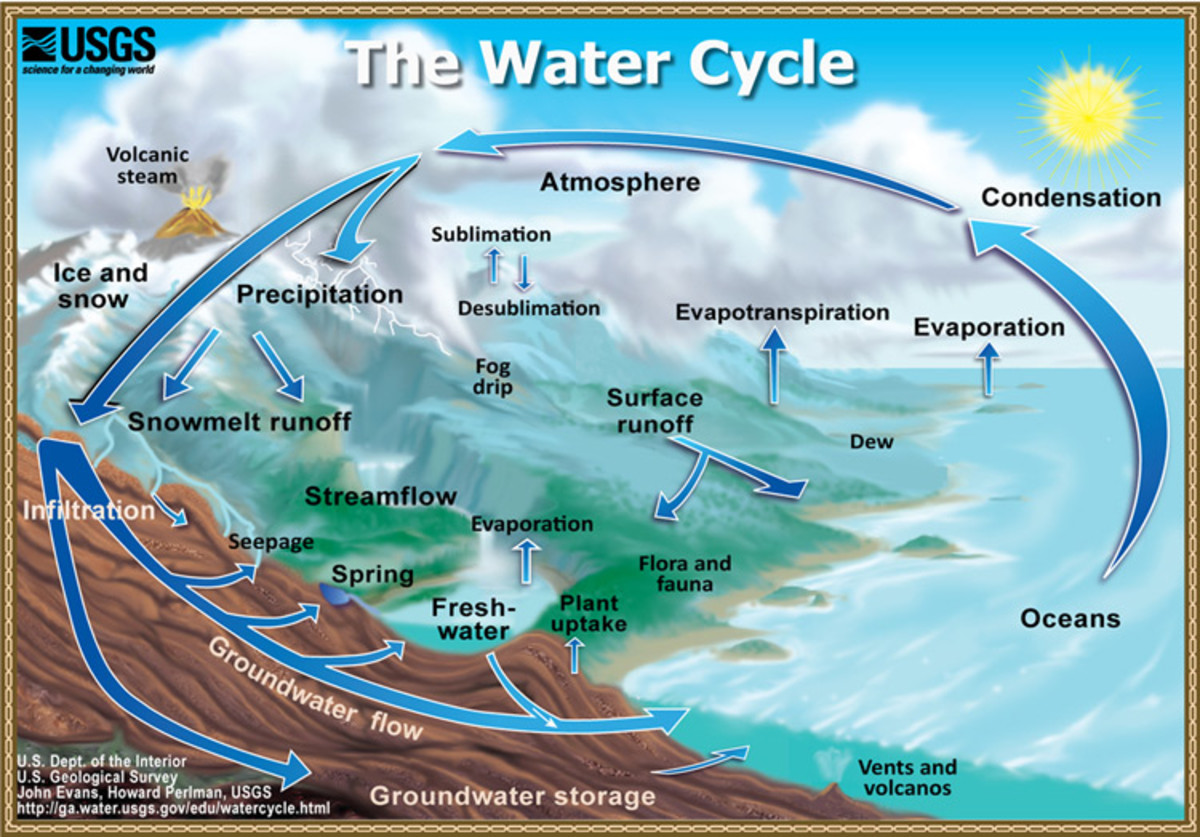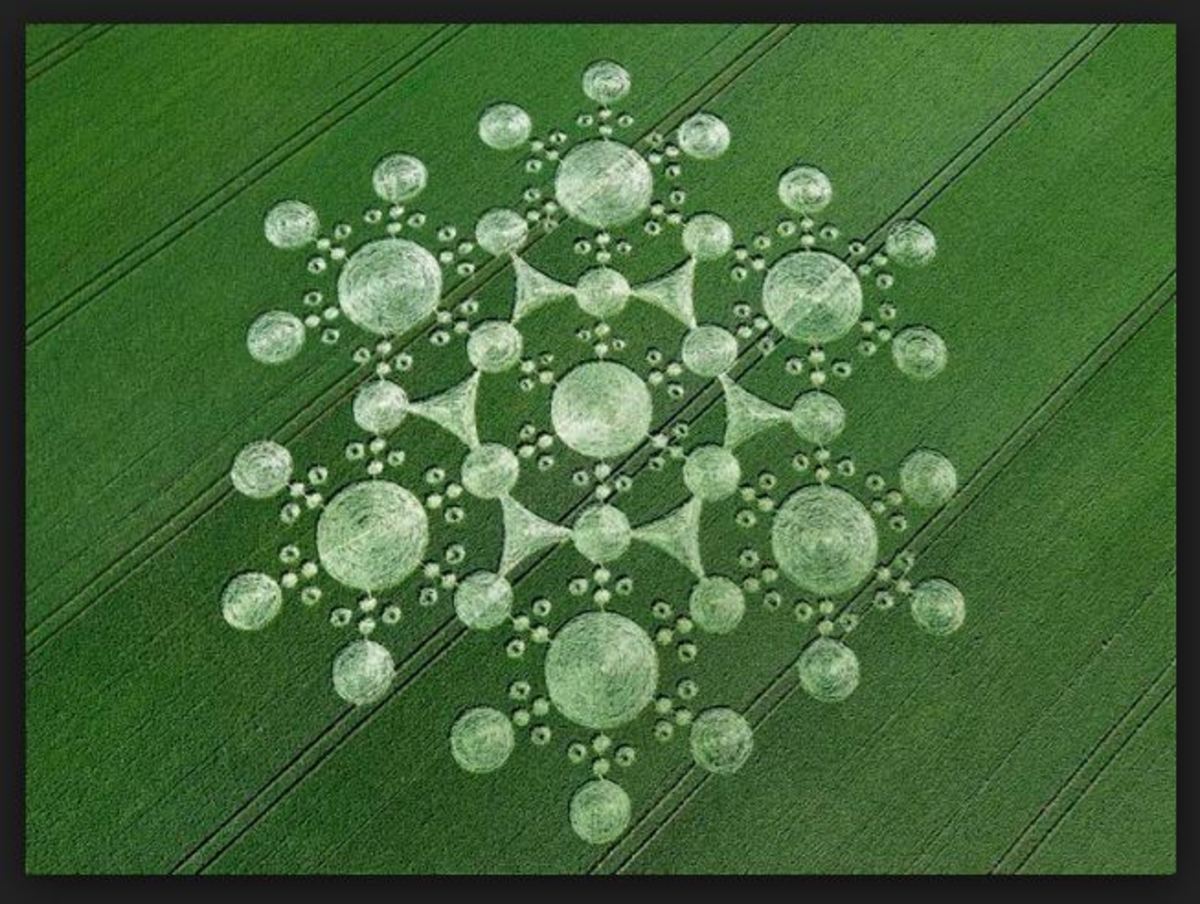It's Broke- but Maybe We Can Fix It
The Water Cycle
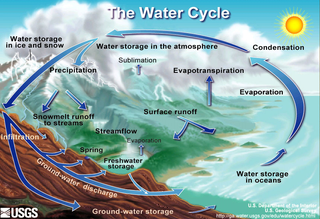
The Water Cycle and Pollution
What I will be discussing here is a thing that is learned bymost school children before they have reached junior high school. This is the water cycle. A large proportion of seventh graders could explain to you how water evaporates from oceans and lakes and is carried into the atmosphere, where it condenses to form clouds. The clouds undergo many transformations but eventually, circumstances cause them to release their water which falls to the earth as precipitation. The water then goes into the ground and becomes groundwater or if the rain is very hard we end up with a thing called surface runoff. This water ends up in rivers and streams and eventually wends its way back to the lakes and oceans from whence it came.
Now one could get very technical about this, but there's an important part of this cycle which is not emphasized in most texts. As water moves through the ground as groundwater, it is purified. This is why a light rain is much better if you're experiencing a drought, because the water gets a chance to be absorbed and become groundwater. Groundwater is good because it is drinkable.
Water is one of the most abundant things on earth, but drinkable water is becoming scarcer by the day. One factor that contributes to this is man's urbanization of large areas of land. If you took an aerial photograph of the Los Angeles area, you would find that a large portion of the area was roads, parking lots, and rooftops. When rain falls on such an area, there is no ground for it to be absorbed by, giving us nearly 100% surface runoff. As this water runs from the rooftops to the driveways and down the street it picks up pollutants, which are then carried down the storm drain and into our water supply.
Southern California as an Example
In a place like Southern California, where it only rains a few months out of the year, there is insufficient water absorbed by the ground to prevent an almost chronic drought condition. In addition California beaches are often closed during the rainy season due to high pollution levels. This pollution is caused by the runoff that came off your roof down your driveway into the streets and to the storm drains, which then is eventually delivered it to the ocean.
So we have a two-edged sword here, on one hand our groundwater levels are not being replenished, and on the other hand our beaches are being polluted by the surface runoff that was sorely needed by the ground.
Now if I were complete babbling idiot, I would say, "tear up the streets and parking lots and returned to a rural lifestyle". This however would be ludicrous and impractical. That doesn't however mean that nothing can be done. In fact there are many things that can help, as evidenced in the following video.
Solutions to Urban Runoff
I Think We' re Going to Need a Bigger Barrel
Now if you paid attention to the video you would see that one of the things that could be done is to use rainwater collection devices such as rainwater barrels. These are very useful because they take the water that runs off your roof and captures it in a container where it can be reused later, when there is no rain.
Now everyone knows that it never rains in Southern California. Now if you've ever had to walk to your car through 6 inches of flooding water running down the street on a winter California morning, you'll know "that that ain't quite true". In Los Angeles statistics say that the average rainfall is between 10 and 30 inches per year. Most of that falls during the three winter months. Now the amount of water that will run off a roof can be determined by multiplying the surface area of the roof by .625 and multiplying that by the inches of rainfall per year. If your roof were a thousand square feet and you multiply that by .625 you would get 625. 625x10 equals 6250 and 625x30 equals 18750. So if you live in LA and had a 1000 ft.² roof, then that roof would generate between 6250 gallons and 18,780 gallons of runoff per year.
Now this presents a problem, because if you try to collect that water in a 55 gallon rain barrel and it only rains during the winter months, when you don't need to water your lawn, your garden or wash your car, then you really aren't making much of a difference in the runoff or the water shortage. In fact to make a significant difference would probably need a 6000 gallon water barrel, and this is something you will not find in your local hardware store.
There are solutions, but I'm actually going to address these in my next Hub. For now just let's say that California's rainwater problems will need a Texas size rain barrel


